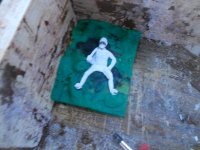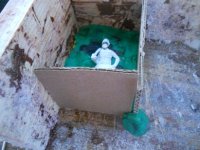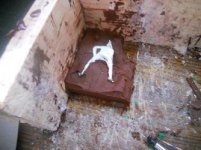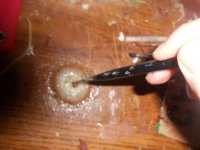theBaron
Major
- Joined
- Mar 27, 2008
- Messages
- 10,520
Excellent SBS! It's nice to see, especially since I can compare the process with experiments I have in progress.
Regarding the saddle, it's always possible that an officer made a personal choice and procured something other than a piece out of the commissary. In the 18th Century, for example, some officers in the Prussian army used English saddles, following Frederick the Great's example, instead of the local models, because they were better adapted for the sort of flat-out, cross-country riding, a la a fox chase, than the Continental saddles, which were modeled more like a medieval knight's. Upshot is, it looks good!
Prost!
Brad
Regarding the saddle, it's always possible that an officer made a personal choice and procured something other than a piece out of the commissary. In the 18th Century, for example, some officers in the Prussian army used English saddles, following Frederick the Great's example, instead of the local models, because they were better adapted for the sort of flat-out, cross-country riding, a la a fox chase, than the Continental saddles, which were modeled more like a medieval knight's. Upshot is, it looks good!
Prost!
Brad































